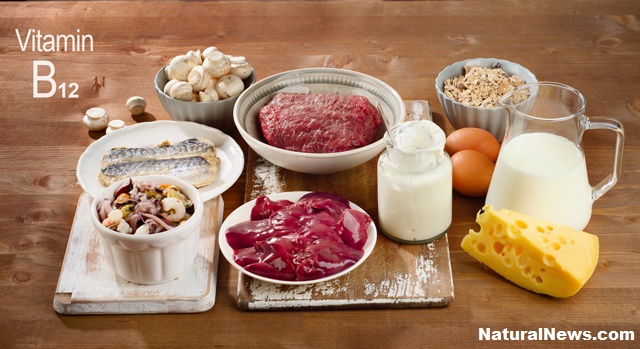The liver is a very important organ in the human and animal body. We need it to filter out toxins, to store vitamins, iron, and glycogen. Plus, we need it to make bile to help digestion. Another purpose of liver is to eat it as a food. Organ meats aren’t as popular as other muscle meats we see more on menus, but “liver and onions” is enjoyed by many. Most liver that is eaten comes from cows, lambs, ducks, pigs, and chickens. It is fairly inexpensive in grocery stores and is actually quite nutritious.
Some people enjoy preparing it pan-friend or ground up like beef and made into a burger patty. It is commonly used for Spaghetti Bolognese. Most people use plenty of seasoning to cover up the taste. Another way to help reduce the strong flavor is to soak it in milk or lemon juice before cooking it. Trying to mask the taste of organ meat is a deterrent to even having it at all for some people.
Liver is a nutrient dense food. In 3.5 ounces (100 grams) serving, there are about 190 calories, 30 grams of protein, 5 carbohydrates, and 5 grams of fat. Other nutrients include folate, iron, vitamin B12, riboflavin, vitamin A, copper, and choline. The high amount of protein is great. It is an animal protein, so liver provides all of the essential amino acids. This is very important because we can truly only get essential amino acids from food.
On the other hand, eating liver is up for debate. There are a few controversial reasons some people are opposed to eating foods high in cholesterol. Liver is one of those high cholesterol foods on the list. People with gout or who are prone to getting gout should avoid eating it. Liver is really high in purines which forms the uric acid that stimulates gout. Because liver has a high amount of vitamin A, it is not recommended to eat during pregnancy. It’s too risky based on research that has shown vitamin A in high amounts causes birth defects.
A healthy balanced diet can include liver. It is not had as often as muscle meats, but on occasion this high protein option can be an enjoyed meal. The taste and preparation aren’t for everyone, and those with certain health risks should not have liver. Taste is always an individualized interpretation. Liver lands on both ends of the taste bud spectrum.
Organ Meats – an overview | ScienceDirect Topics



